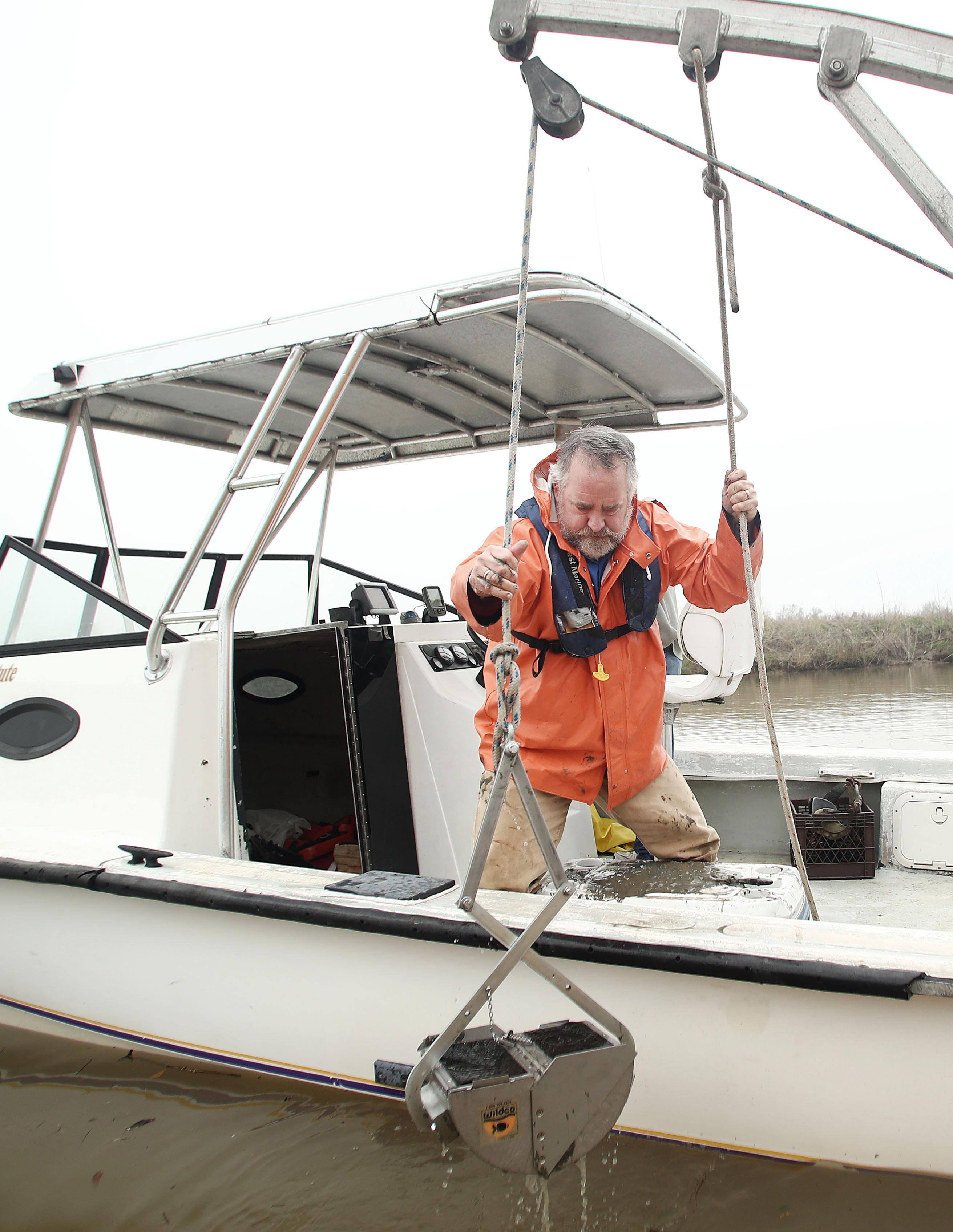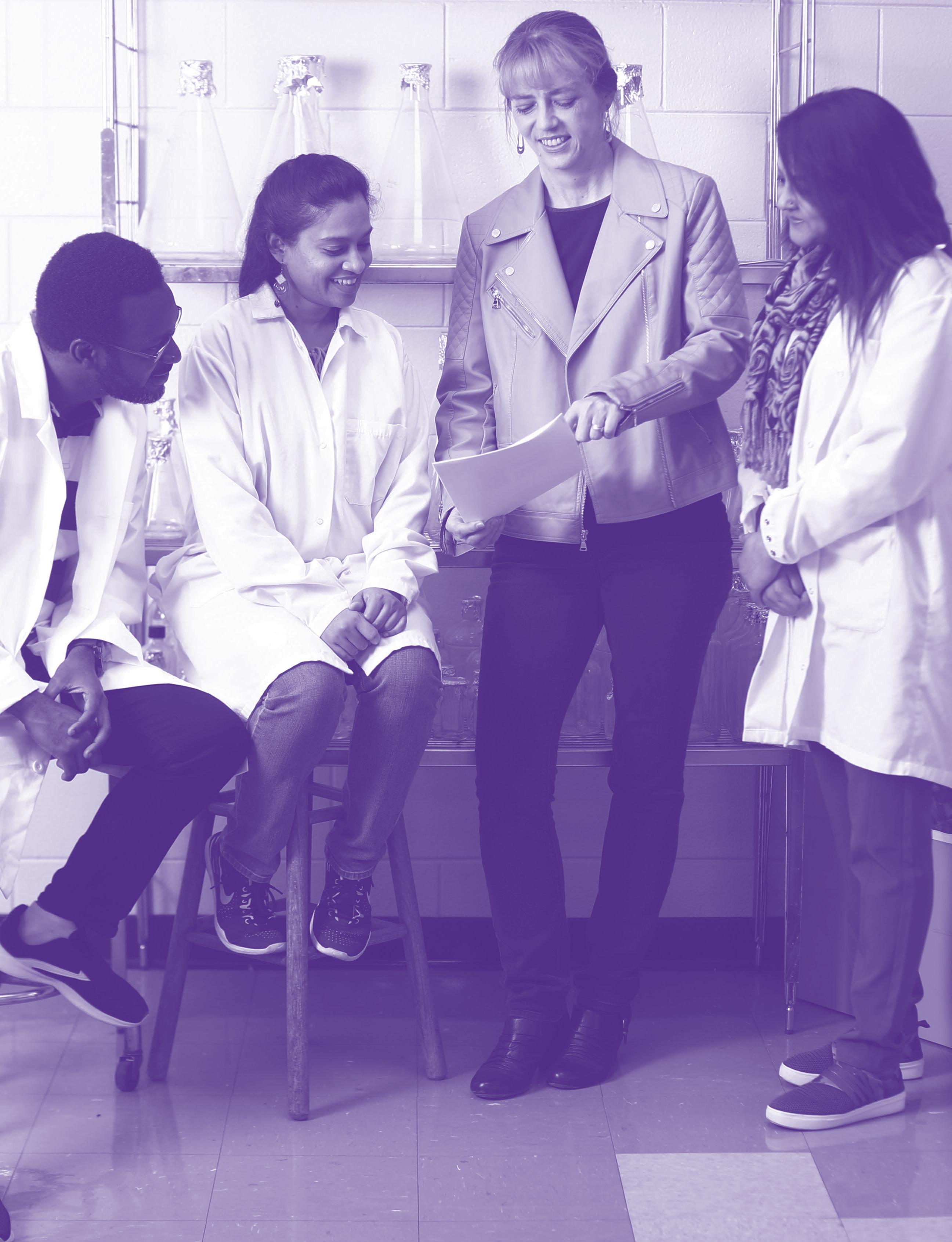
4 minute read
LIGO Across the Ages
HOW DO WE DETECT GRAVITATIONAL WAVES?
In 2016, the LIGO Scientific Collaboration (LSC) announced what some have hailed the discovery of the century—the first ever detection of gravitational waves. These waves, or ripples in the fabric of spacetime, were caused by two black holes colliding over a billion light years away.
For LSU, the investment in LIGO has spanned more than 50 years and is among the longest of the institutions contributing to the discovery. The Laser Interferometer Gravitational-wave Observatory (LIGO) at Livingston is located on LSU property, and LSU faculty, students and research staff are major contributors to the international LIGO Scientific Collaboration.
11 DETECTIONS OF GRAVITATIONAL WAVES SINCE 2015
What has brought LSU to such a prominent role in the new field of gravitational-wave astronomy and who are the scientists at its cutting edge?
1970s
IT STARTED WITH AN IDEA
Rainer Weiss, one of the co-founders for LIGO, developed the idea for the project in the early 1970’s as an associate professor of physics at MIT. He wanted to find a way to explain gravitational waves to his students.
In 1970, LSU Professor Emeritus in Physics & Astronomy Bill Hamilton and Professor Warren Johnson built and operated previous generation cryogenic bar gravitational wave detectors in the basement of LSU’s Nicholson Hall for many years. In 1979, NSF funded Caltech and MIT for laser interferometer research and development.
1980s
PROPOSAL ACCEPTED
In 1989, Rainer Weiss, Kip Thorne of MIT, and colleagues submitted a proposal to NSF to fund LIGO, which was enthusiastically supported by NSF.
1990s
LAYING THE FOUNDATION
Chancellor Emeritus James Wharton and a host of LSU faculty and administrators, politicians, attorneys and landowners, together with the Livingston Economic Development Council and State Economic Development leaders dedicated two years to bringing the LIGO project to Louisiana and securing the Livingston site.
NSF selects LIGO sites in Hanford, Washington and Livingston, Louisiana, making LSU the only research institution in the U.S. with a LIGO observatory close enough for daily use by students and faculty. Between 1994 and 1995, construction began on both LIGO sites. Barry Barish of Caltech became the LIGO Principal Investigator in 1994. In 1997 the LIGO Scientific Collaboration is established expanding LIGO beyond Caltech and MIT to charter members including LSU. LSU hosted the first LSC meeting in Nicholson Hall.
Today, more than 1,300 scientists from universities and research institutions across the globe conduct LIGO research as members of the LSC. Already LSC members, Joseph Giaime and Gabriela González joined LSU’s faculty in 1999 and 2001, respectively.
2000s
HISTORY-MAKING BREAKTHROUGHS
In 2005 through 2007, LIGO had an observation run at the initial LIGO design sensitivity, which after analysis produced impressive upper limits on various kinds of sources, but no detections. After a period of upgrades, called “Enhanced LIGO,” LIGO ran again until October 2010 at increased sensitivity, also seeing no sources.
In 2006, the Science Education Center opened at LIGO Livingston offering fun educational activities based on the cutting-edge science and engineering happening at LIGO. LSU Professor Joseph Giaime began that year as the head of LIGO Livingston.
Beginning in 2010, as part of the NSF-funded Advanced LIGO project, LIGO upgraded the two U.S. gravitational wave interferometers, bringing these instruments to sensitivities that should make gravitational wave detections a routine occurrence. Advanced LIGO’s installation and commissioning led to a first observational run in fall 2015.
In 2011, LSU Professor of Physics Gabriela González was named spokesperson for the LIGO Scientific Collaboration. On September 14, 2015, Advanced LIGO detected gravitational waves from a collision of two black holes. Together with other leaders and founders of the LIGO effort, González made the official statements about the historic detection on Feb. 11, 2016 at the National Press Club in Washington, D.C., before gathered national science press.
In May 2016, 13 LIGO Livingston physicists and graduate students from LSU were among the recipients of the Special Breakthrough Prize in Fundamental Physics.

On August 14, 2017, LIGO VIRGO made its first detection of gravitational waves produced by colliding neutron stars. This discovery was the first cosmic event observed in both gravitational waves and a broad range of other astronomical instruments, including gamma ray and x-ray instruments in orbit, optical, infra-red and ultra-violet telescopes, and radio telescopes. This was the birth of gravitational-wave based multi-messenger astronomy.
On October 3, 2017, LIGO co-founders Rainer Weiss, Barry Barish and Kip Thorne were awarded the Nobel Prize in Physics. On June 20, 2018, LIGO Livingston was designated a historic physics site by the American Physical Society.
To date, LIGO scientists have published information about 11 events, 10 binary black hole mergers and one binary neutron star merger. The observational run that began in 2019 has produced approximately one public alert per week to allow follow up by astronomers and likely publication as many more GW detections by LIGO scientists.
LSU Department of Physics & Astronomy Associate Professor Thomas Corbitt and collaborators presented the first broadband, off-resonance measurement of quantum radiation pressure noise in the audio band, at frequencies relevant to gravitational wave detectors. Their work was reported on March 25, 2019, in the journal Nature. The research results hint at methods to improve the sensitivity of gravitational-wave detectors by developing techniques to mitigate the imprecision in measurements called “back action,” thus increasing the chances of detecting gravitational waves.
Photo: Dancing Duo of Black Holes Artist’s conception shows two merging black holes similar to those detected by LIGO
Photo credit: LIGO Caltech










